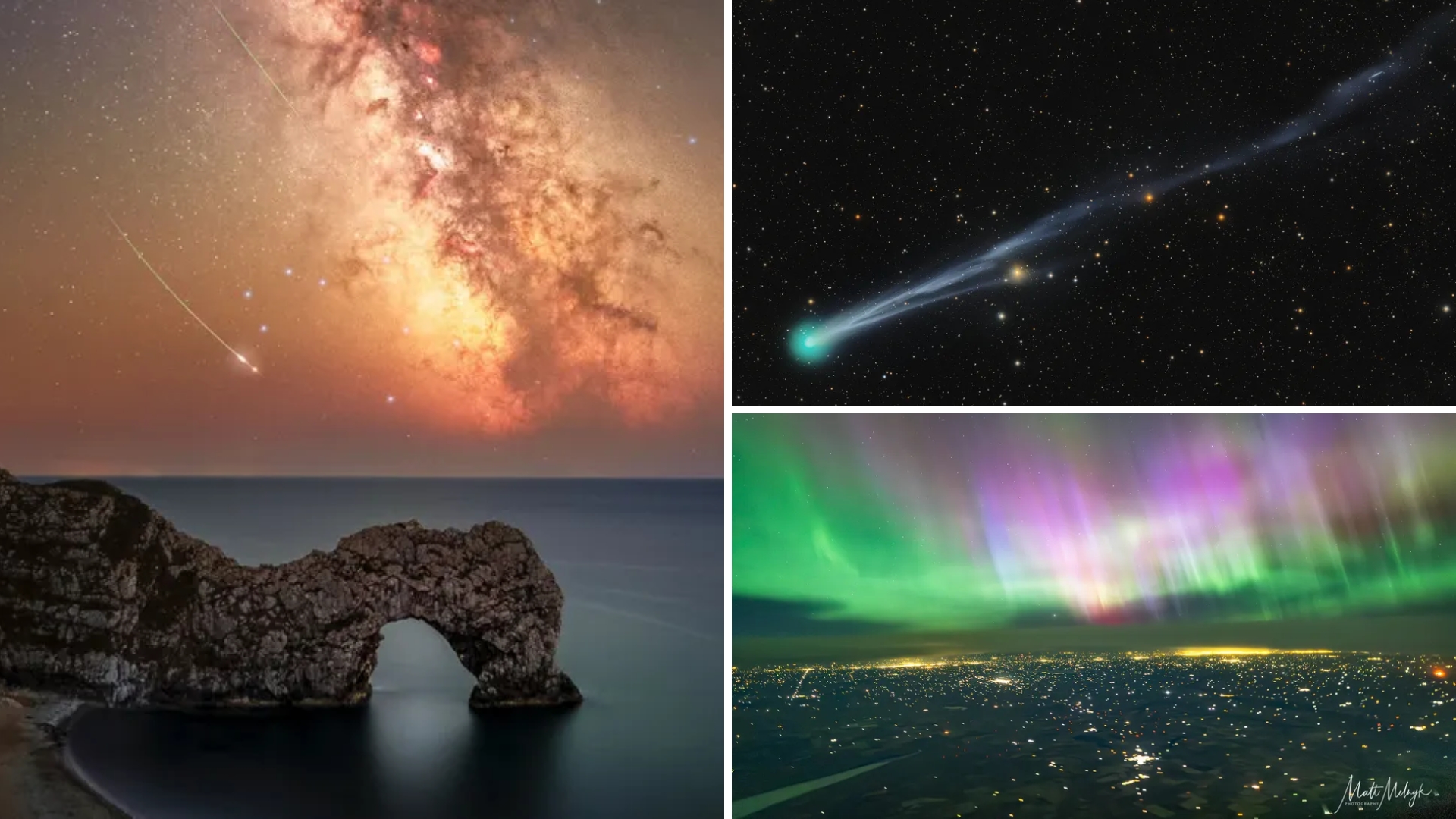Hubble telescope spies cloud of space rocks created by DART asteroid impact (photos)
NASA's planetary defense prototype seems to have generated a bit of cosmic chaos.

Thanks to some stunning Hubble Space Telescope observations, scientists continue to be surprised by NASA's DART mission – this time in the form of a swarm of boulders that appears to have been knocked loose from the targeted asteroid upon impact.
In September of last year, NASA launched a mission that, on its surface, might appear to contradict everything we know about space exploration. The agency launched a spacecraft directly into an asteroid. It did not survive. But this metal adventurer, named DART, which stands for Double Asteroid Redirection Test, had a very important purpose: It was NASA's first step in developing an ambitious planetary defense system.
In a nutshell, the goal of DART was to see whether the craft's crash-landing on a relatively small asteroid named Dimorphos would alter its orbit around a larger asteroid, Didymos. Not only was the mission a resounding success, but it also appears to be the gift that keeps on giving. We've since learned quite a bit about space rock impacts and how, exactly, a futuristic Earth defense mechanism might work one day.
And on Thursday (July 20), NASA announced that DART has provided us with some intriguing information yet again from beyond the grave. By tapping into the Hubble Space Telescope's powerful optics, astronomers found that the probe's impact on Dimorphos – which occurred while it flew at about 14,000 mph (22,530 km/h) – produced a "swarm of boulders." And it's possible, the agency says, that these shards came from the asteroid target itself.
Related: DART's epic asteroid crash: What NASA has learned 5 months later
"This tells us for the first time what happens when you hit an asteroid and see material coming out up to the largest sizes," David Jewitt, a planetary scientist at the University of California at Los Angeles focused on DART impact studies, said in a statement. "The boulders are some of the faintest things ever imaged inside our solar system."
However, to be clear, a press release on these results points out that the boulders were likely not shattered away from Dimorphos as a result of DART's collision, but rather that they already existed on the surface of the asteroid and were merely dispersed upon impact. In fact, DART's final image of the asteroid prior to its demise, taken two seconds before impact, shows such mini-rocks and debris already present on Dimorphos.
Breaking space news, the latest updates on rocket launches, skywatching events and more!
According to NASA's statement, the boulders' ejection could've either been due to what's known as an ejecta plume produced by the collision, or a seismic wave that shook them off. (The latter would be similar to what would happen if you hit a loose rocky surface with a hammer, causing small rocks to shake free across the surface.)
In terms of the boulders themselves, Jewitt and fellow researchers identified 37 free-flung rocks spurting off of Dimorphos that range in size from three feet to 22 feet (.9 meters to 6.7 meters) across and have a collective mass about 0.1% the mass of the asteroid. These objects appeared to be drifting away from their source at just over a half-mile per hour (0.8 km/h), which NASA likens to "roughly the walking speed of a giant tortoise."
"This is a spectacular observation – much better than I expected," Jewitt said. "We see a cloud of boulders carrying mass and energy away from the impact target. The numbers, sizes, and shapes of the boulders are consistent with them having been knocked off the surface of Dimorphos by the impact."
"If we follow the boulders in future Hubble observations," Jewitt added, "then we may have enough data to pin down the boulders' precise trajectories. And then we’ll see in which directions they were launched from the surface."

Monisha Ravisetti is Space.com's Astronomy Editor. She covers black holes, star explosions, gravitational waves, exoplanet discoveries and other enigmas hidden across the fabric of space and time. Previously, she was a science writer at CNET, and before that, reported for The Academic Times. Prior to becoming a writer, she was an immunology researcher at Weill Cornell Medical Center in New York. She graduated from New York University in 2018 with a B.A. in philosophy, physics and chemistry. She spends too much time playing online chess. Her favorite planet is Earth.

